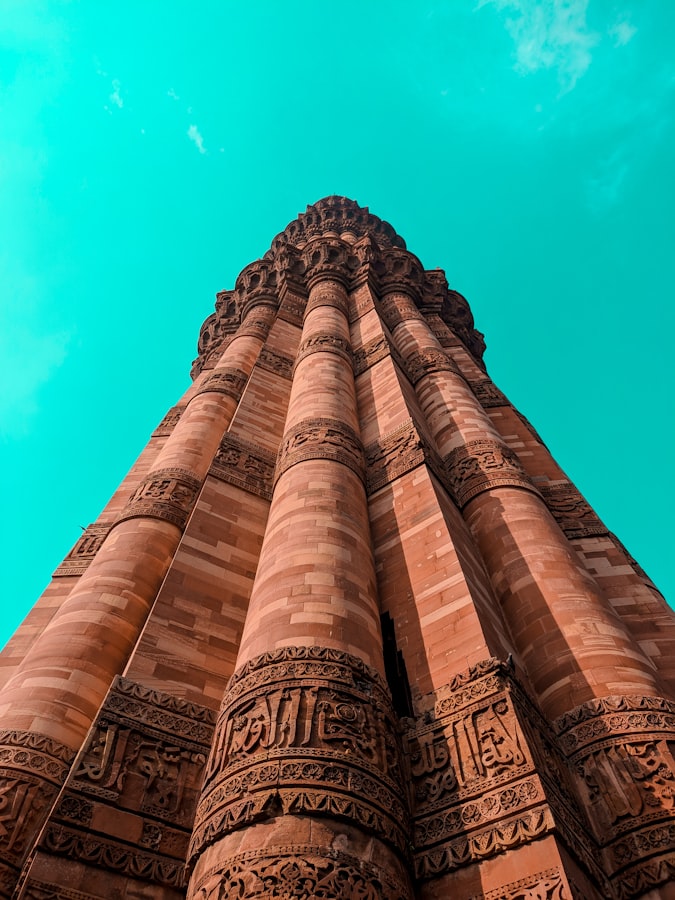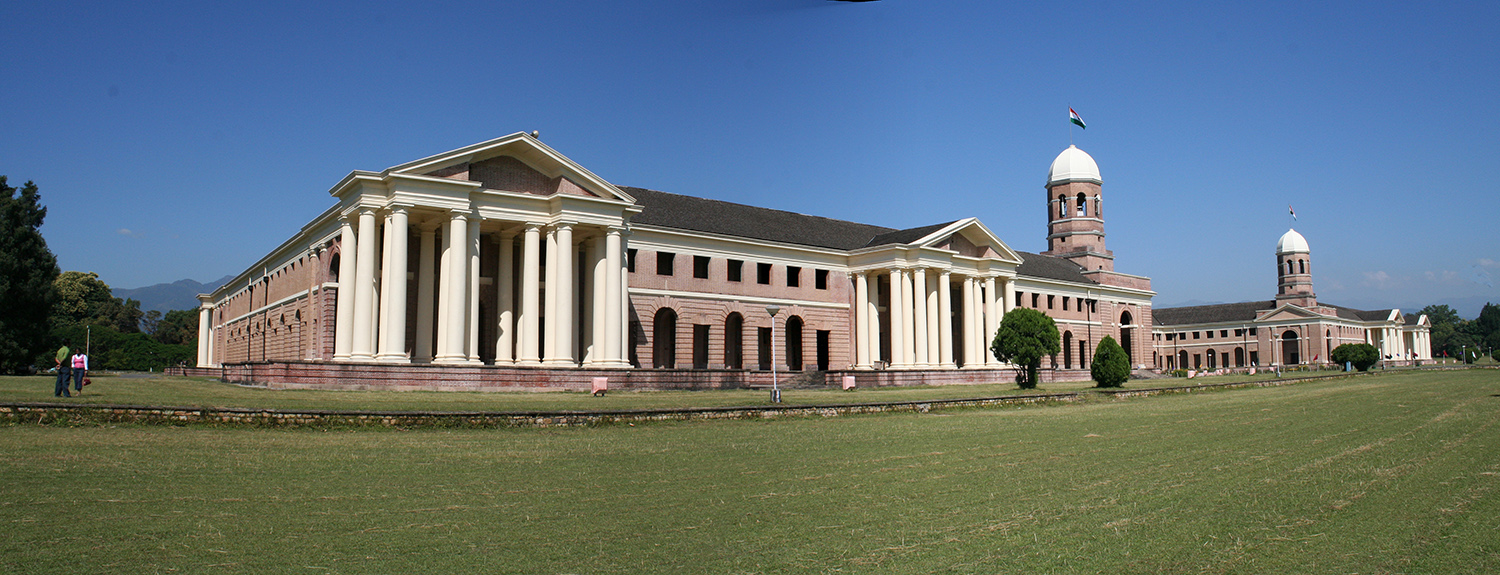Water is a bone of contention between neighboring states competing for control of those resources. Since 1948, nearly 40 incidents of hostilities have taken place over water. Of the world’s 263 international basins, Asia alone has 57 basins. The Himalayan rim of South Asia are a key sub-region for examining the impact of water as a negotiating vehicle for promoting cooperation and prosperity.
India
Over the past 150 years India has made large investments in large scale water infrastructure, much of which brings water to previously water-scarce areas. This has resulted in a dramatic economic shift, with once-arid areas becoming the centers of economic growth, while the historically well-watered areas have seen much slower progress. For the most part the results of this “hydraulic infrastructure platform” have been spectacular both nationally (through the production of food grains and electricity, for example) and regionally (where such projects have generated large direct and equally large indirect economic benefits). The poor have benefited hugely from such investments. The incidence of poverty in irrigated districts is one third of that in unirrigated districts[1].
Two-thirds of India’s water resources potential come from only two river basins namely, the Indus and Ganga-Brahmaputra-Meghna (GBM). India occupies a unique position in this respect. There is abundance of Water and Hydro Power potential within the country and in its neighbouring states. The potential can be used both constructively as well as destructively. The first decade of the millennium has been marked by what has often been described as oil wars – confrontation over dwindling hydrocarbon fuel resources. Will the next decade be marked by confrontation over water and hydro energy, or will it be known for cooperation over sharing the natural resources?
One source of optimism is the fact that India has successfully drawn up water resources related bilateral treaties with three of its Asian neighbours – Pakistan, Nepal andBangladesh.
Indo-Pak
With Pakistan, it was the Indus Water Treaty which has completed a mind boggling 48 years of successful implementation. Since its coming into force in 1960 only once in 1999, after construction began, Pakistan claimed some design parameters of Baglihar project violated the Indus Water Treaty. Indus Water Treaty had provided India with exclusive control to three eastern rivers while Pakistan with exclusive control to three western rivers, including Chenab River. However it contained provisions for India to establish river-run power projects with limited reservoir capacity and flow control needed for feasible power generation. Availing the provision, India established several run-of-the-river projects most of which were not objected to by Pakistan. However, in case of Baglihar and Kishan-Ganga projects, Pakistan claimed that some design parameters were more lax than needed for power generation and provided India with excessive ability to accelerate, decelerate or block flow of river. This, it was felt, may give India a strategic leverage in times of tension or war.
During 1999-2004 India and Pakistan held several rounds of talks on the design of projects, but could not reach an agreement. After failure of talks on January 18, 2005Pakistan raised six objections and took up the matter with the World Bank, which was a broker and signatory of Indus Water Treaty. In April 2005 the World Bank determined Pakistani claim as a ‘Difference’, a classification between less serious ‘Question’ and more serious ‘Dispute’ and in May 2005 appointed Professor Raymond Lafitte, a Swiss civil engineer, to adjudicate the difference.
Lafitte declared his final verdict on February 12, 2007, in which he partially upheld some objections of Pakistan declaring that pondage capacity be reduced by 13.5%, height of dam structure be reduced by 1.5 meter and power intake tunnels be raised by 3 meters, thereby limiting some flow control capabilities of earlier design. However he rejected Pakistani objections on height and gated control of spillway declaring these were conforming to engineering norms of the day.
Both parties (India and Pakistan) have already agreed that they will abide by the final verdict. This peaceful settlement of the only major discord in nearly half a century is an even greater achievement, considering the fact that the two neighbors have gone to war thrice on other issues.
[1] World Bank Report, India’s Water Economy: Bracing for a Turbulent Future, John Briscoe


